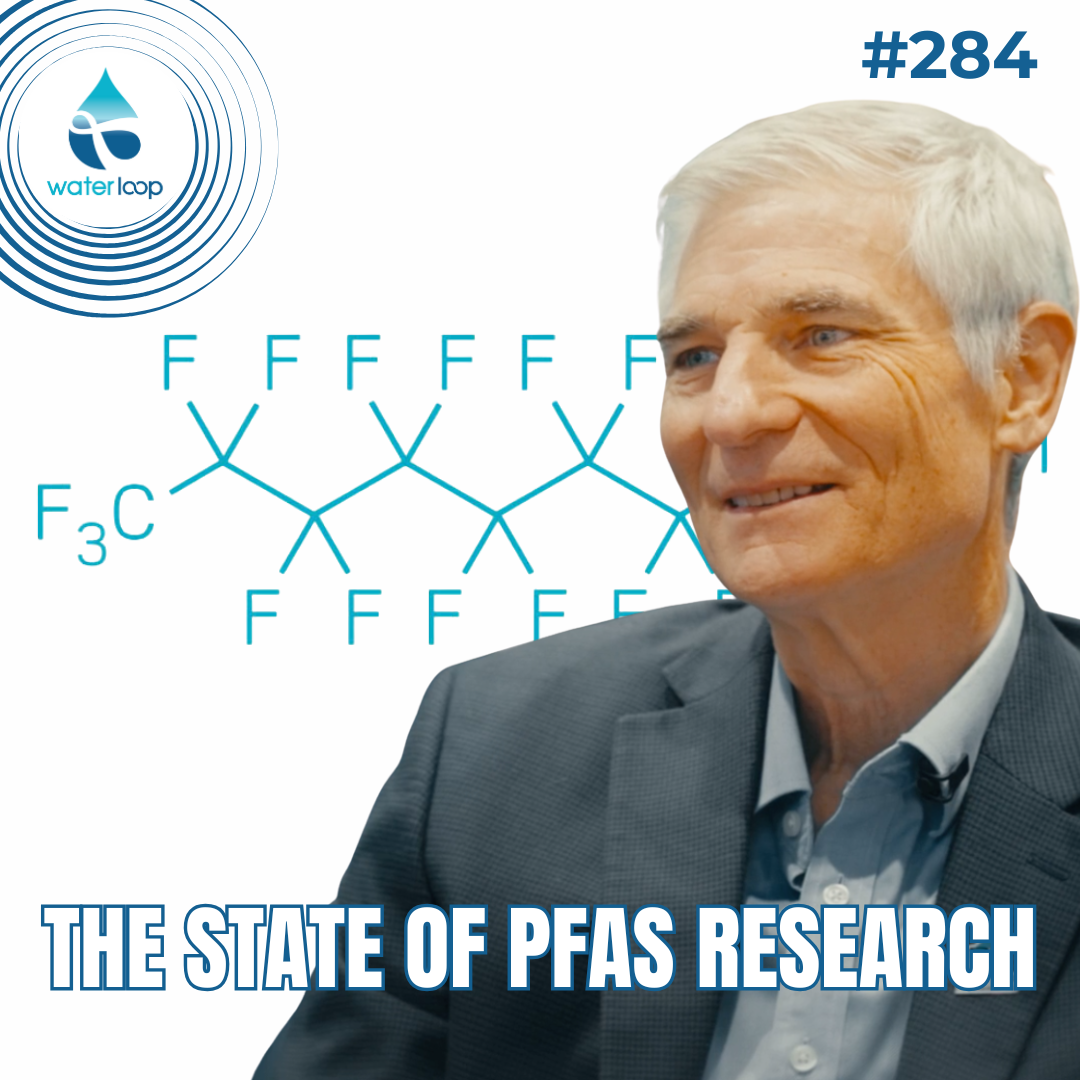The State Of Research On PFAS
PFAS remains one of water’s toughest and most urgent challenges — a class of thousands of persistent compounds still only partly understood but deeply embedded in modern life and the environment.
In this episode, Peter Grevatt, CEO of The Water Research Foundation, discusses the state of PFAS research, including how science is closing critical knowledge gaps and revealing where the next breakthroughs may come.
Grevatt explains how new “total PFAS” and precursor testing methods are helping researchers glimpse what lies beneath the surface — the larger iceberg of unmeasured chemicals.
National studies led by WRF are also reshaping assumptions about where PFAS comes from, showing that domestic wastewater may contribute a greater overall mass than industrial sources.
AI is beginning to aid detection, with early research into “fingerprinting” PFAS signatures from fire training sites, landfills, and other sources to help utilities identify where contamination originates.
When it comes to solutions, Grevatt outlines a field in motion rather than finished answers. Granular activated carbon, ion exchange, and reverse osmosis remain reliable workhorses, but their limits—especially with short-chain PFAS—are driving studies on tailored treatment media and lower-cost destruction technologies.
Grevatt also highlights growing research on PFAS in biosolids and the global search for safe management options, from land application to disposal.
This episode is sponsored by Shimadzu, a provider of analytical instruments for research, development, and quality control in a variety of fields.
waterloop is a nonprofit news outlet exploring solutions for water sustainability.










